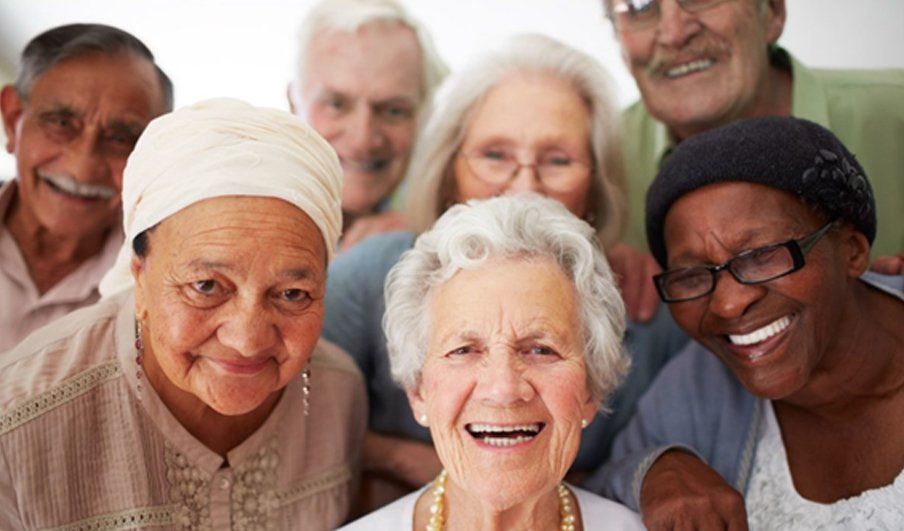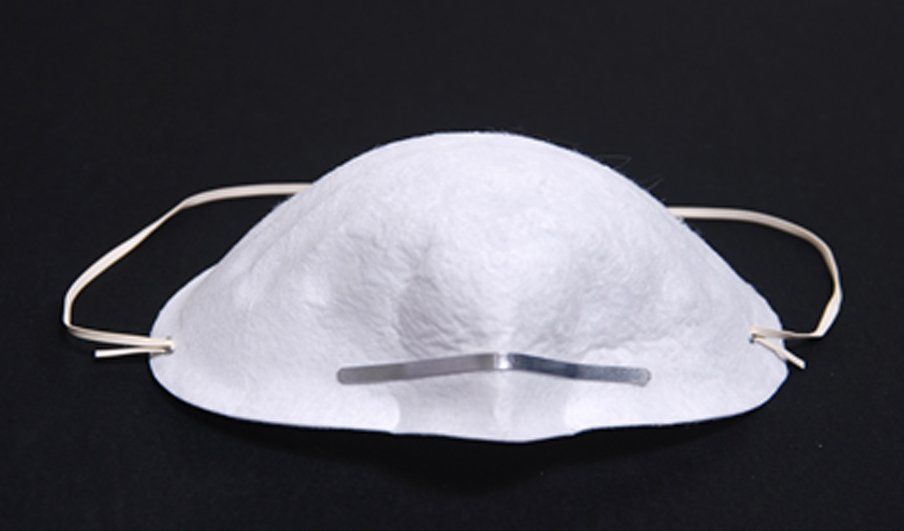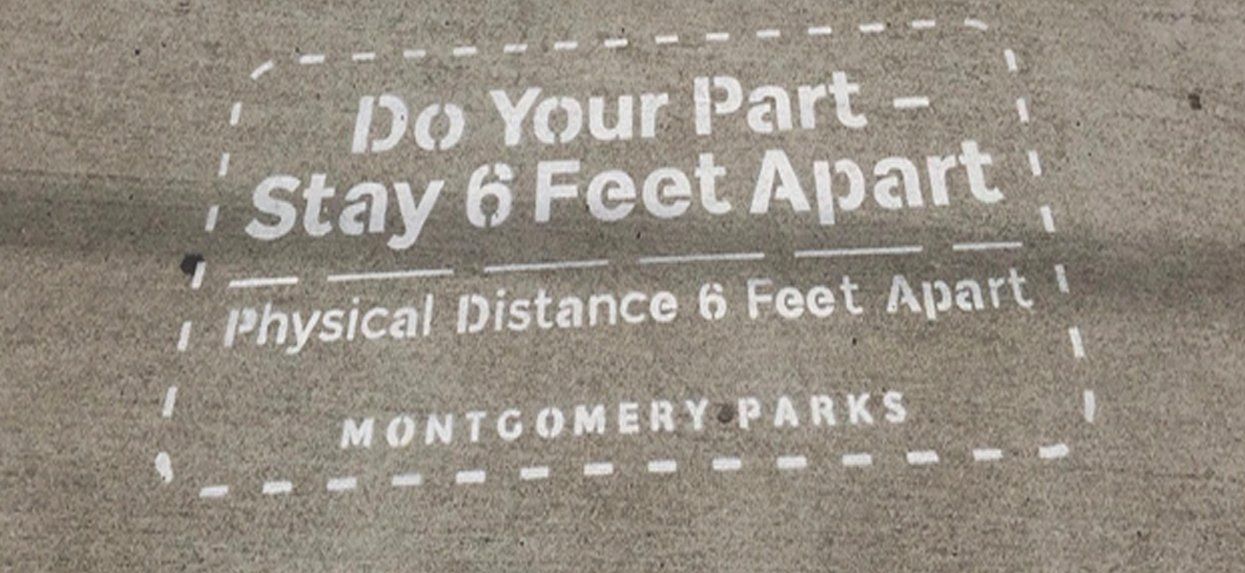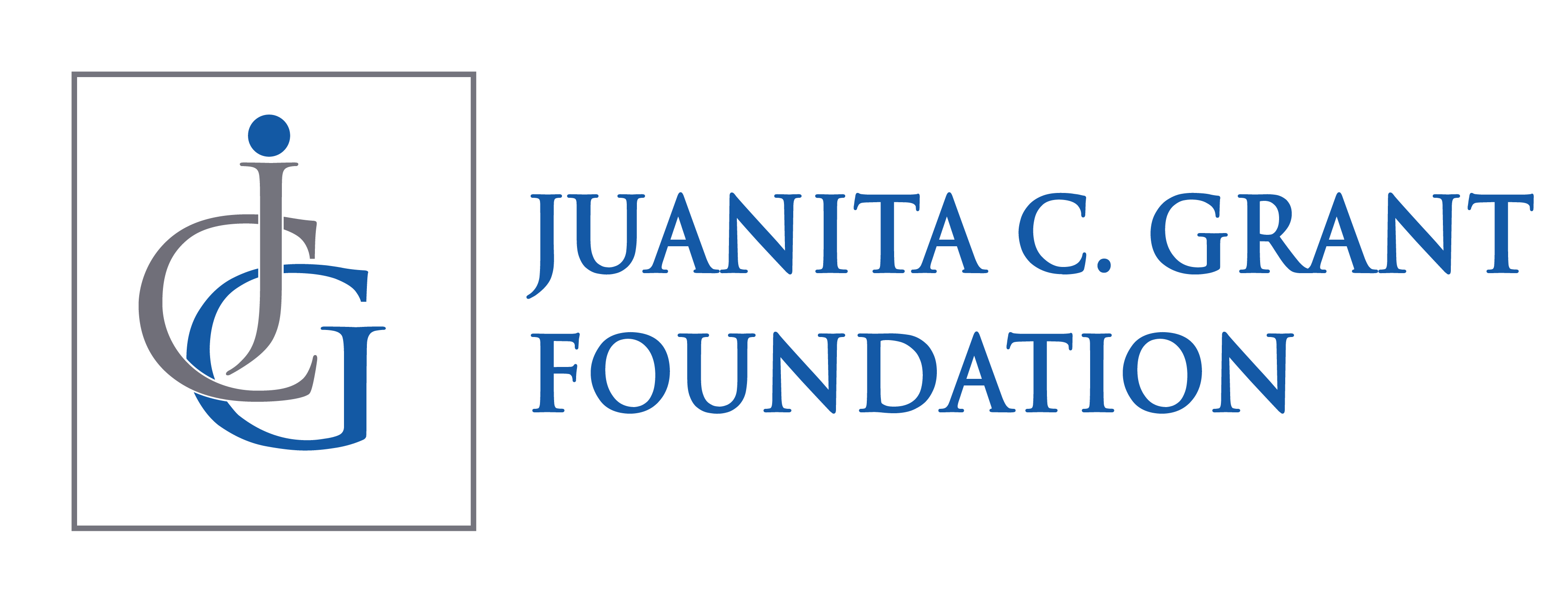Pandemic Job-Hunting Tips for 50+ Job Seekers
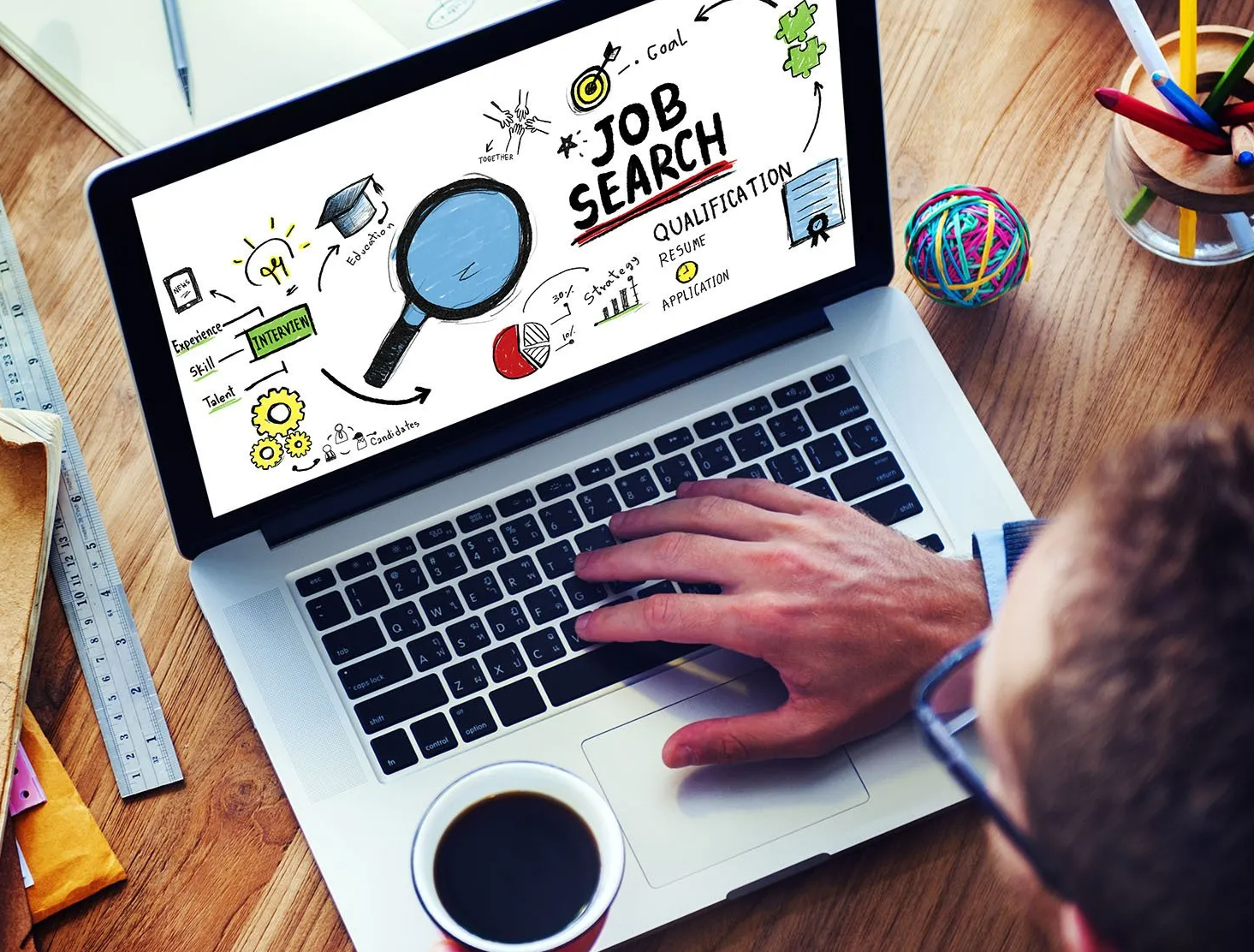
During this pandemic when we are all spending countless hours in front of our computers, 50+ job seekers must use this time to elevate and recalibrate their online job search skills. If having an online footprint was important for 50+ job seekers before the pandemic, it is even more essential today. Networking is still the key to tapping into the hidden job market, where an estimated 80% of jobs are filled, but meeting for coffee is no longer safe or even possible.
Empower Your Job Search Using LinkedIn
LinkedIn empowers you to recruit job allies who will tell you about jobs before they hit the street, get important information that’s never in the job announcement, draft better cover letters and conduct better interviews, and find individuals who will help you take advantage of the two best ways to find a job: 1) your potential immediate supervisor walks your resume down to HR and says, “I want to hire [your name] what do I need to do?” Or 2) someone within the company walks your resume down to HR and says, “I know we’re looking for a [job title], and I know [your name] would be a great fit.” At a time when so many people will be competing for the same jobs, 50+ job seekers will need the competitive advantage LinkedIn can provide.
LinkedIn also empowers the 50+job seeker to address two of the most common stereotypes of older workers: 1) they don’t want to learn anything new and 2) they’re not computer savvy. You have to be on a computer to be on LinkedIn and it’s only 17 years old!
We live in a specialist economy. Employers aren’t looking for the oldest, they want the best. LinkedIn allows you to show your network that you are on top of your game.
Combat Ageism by Updating Your Skills
When I talk to 50+ marketing and communications job seekers, I often ask “So what social media platforms you specialize in?” If they say, “I don’t do social media.” I say, “Then you don’t do marketing and communications.” Marketing in 2020 is all about social media! Ageism is real but many of our wounds are self-inflicted.
The good news is that you can quickly and relatively inexpensively demonstrate your willingness to learn something new (further killing the older worker stereotype!) by enrolling in certificate programs. Because of the widespread acceptance and availability of certificate programs, many of which you can do in less than a year, is a great way to update your skills, learn a new skill or carve out an area of expertise. I encourage 50+ job seekers to seek out certificate programs to show that they are using this time to get better at their craft. Using online resources to update your skills pushes back on the stereotype of the older worker who hasn’t kept up yet wants an employer to pay top dollar for outdated skills.
Search YouTube (or as I call it YouTube U) for videos on how to conduct video interviews and other online meetings. They provide great tips on proper lighting, makeup, dress, hair, preparation, backgrounds, etc. This will not only help you interview better; it will also be a skill you can market to your potential employer who likely is conducting more meetings online. Your ability to help produce them will be an unexpected asset. Organizations like 40+ of Greater Washington has a free online speaker series where subject matter experts provide great tips for job seekers on all aspects of their job search: http://www.40plus-dc.org/Monday-Morning-Speakers-2020. If you have wi-fi and a computer, you have no excuse.
Get Online to Research Job Trends
Research industry job trends online. Look particularly at opportunities in health care and public health, which are both growing fields. Find out what skills are required and look for ways to prepare for the demand.
Although it is human nature to resist change, it is continuous and inevitable. So embracing it is always the better choice. Every challenge is an opportunity to grow.
Contact:
elisse@vintageworkforce.com
Must Read Newsletter
Sign up for news and events
Newsletter
Most Popular


